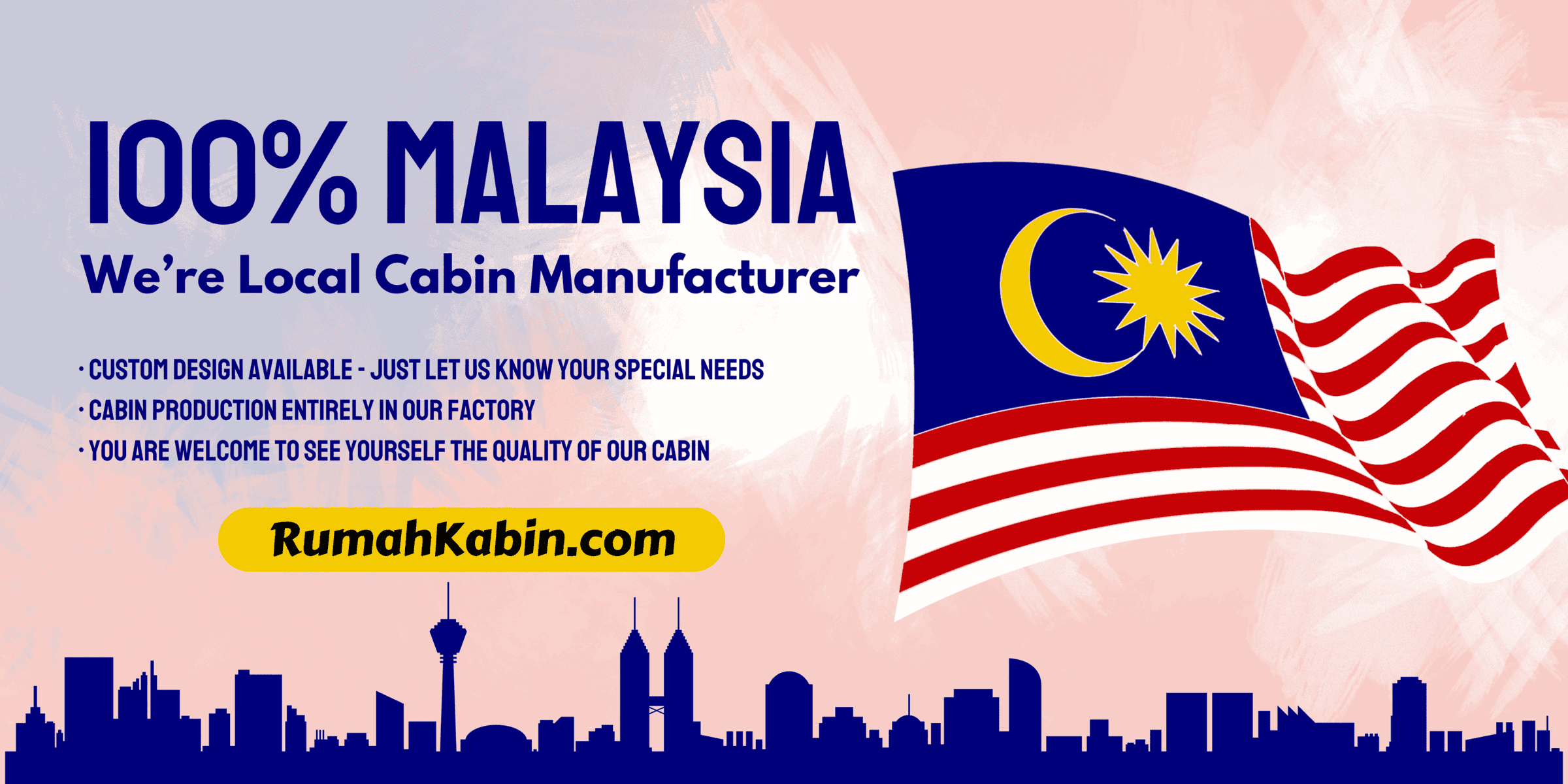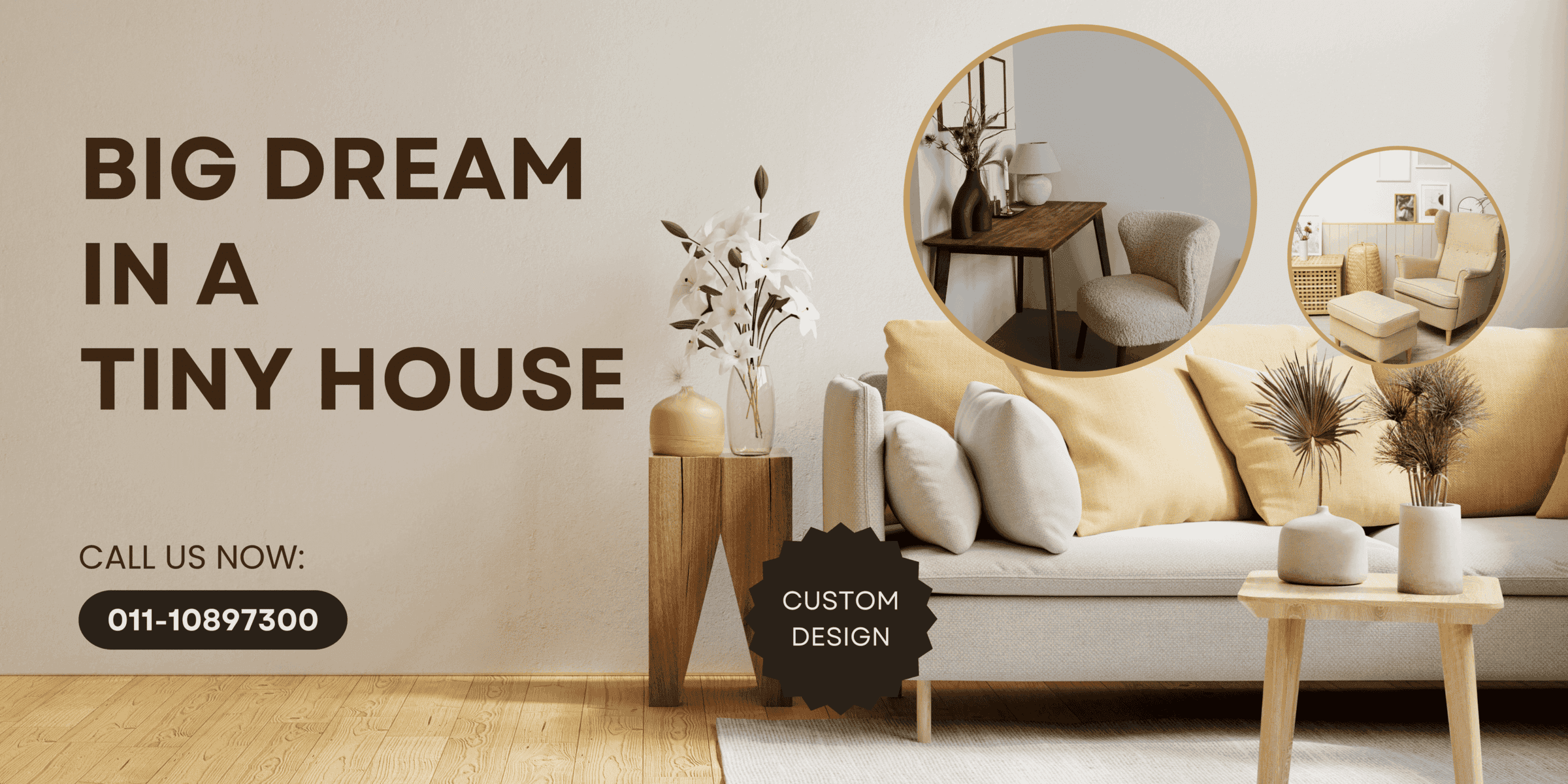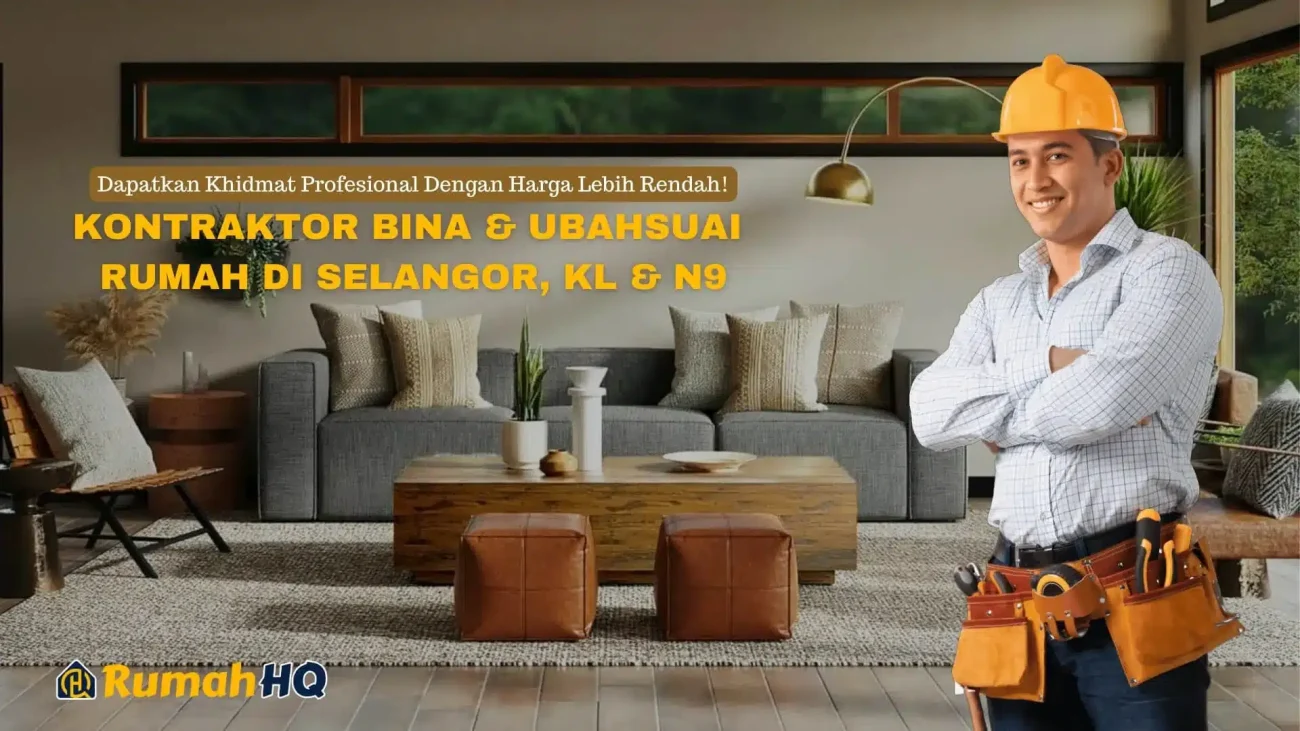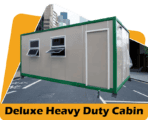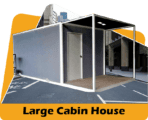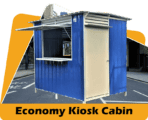
Blog
Unlocking the Potential of Container Cabins: Affordable, Sustainable, and Stylish Living Solutions
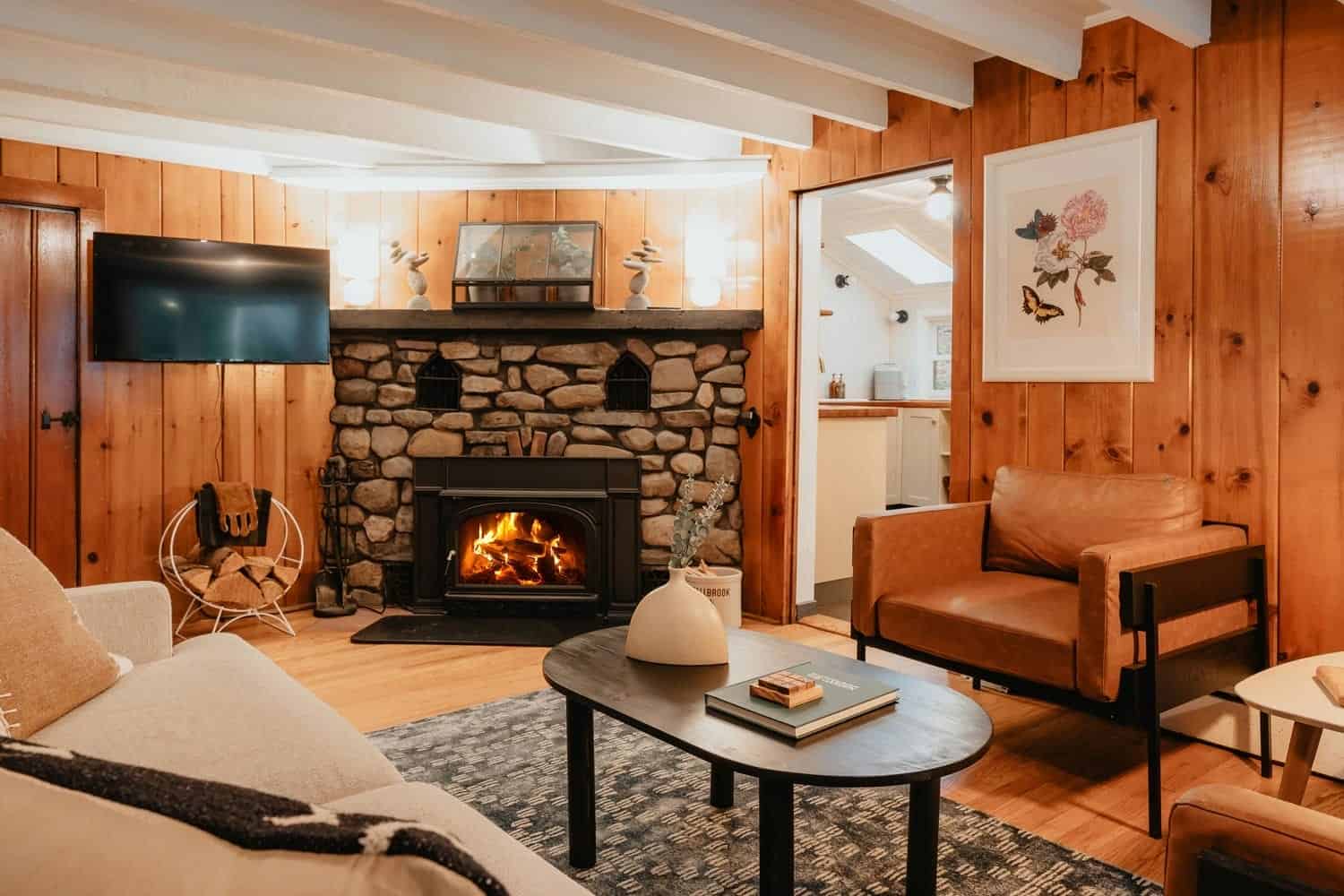
Unlocking the Potential of Container Cabins: Affordable, Sustainable, and Stylish Living Solutions
1. Introduction
Welcome to the world of container cabins, where affordability, sustainability, and style converge to offer Malaysians a new way of living. In recent years, the concept of container cabins has gained traction in Malaysia, offering a fresh perspective on housing solutions. These innovative structures, made from repurposed shipping containers, are not only cost-effective but also environmentally friendly, making them an attractive option for those seeking alternative housing options.
Embracing Container Cabins in Malaysia
Malaysians are no strangers to innovative solutions, and container cabins represent a new frontier in housing. Whether you’re looking for a budget-friendly home, a guard house for your property, or a unique cabin retreat, container cabins offer versatility like no other. Let’s dive into what makes these structures so appealing and why they’re gaining popularity across the country.
The Rise of Container Cabin Living
Container cabins have emerged as a response to the growing need for sustainable and affordable housing options. With rising property prices and environmental concerns, Malaysians are seeking alternatives that offer both economic and ecological benefits. Container cabins provide a solution by repurposing shipping containers, which would otherwise end up in landfills, into functional and stylish living spaces.
Benefits of Container Cabin Living
Container cabins offer a multitude of benefits for Malaysian residents:
| Benefits | Description |
|---|---|
| Affordability | Container cabins are typically more affordable than traditional homes, making homeownership more accessible to a wider range of Malaysians. |
| Sustainability | By repurposing shipping containers, container cabins contribute to reducing waste and promoting environmental sustainability. |
| Style | With customizable designs and modern aesthetics, container cabins offer a unique and stylish living option for Malaysians. |
| Versatility | From residential homes to commercial spaces, container cabins can be adapted to various purposes, meeting diverse housing needs. |
Joining the Container Cabin Movement
Are you ready to explore the world of container cabins? Whether you’re a first-time homebuyer, a property developer, or an eco-conscious individual, there’s something for everyone in the container cabin movement. In the following sections, we’ll delve deeper into the versatility, economics, design possibilities, and sustainable aspects of container cabin living, providing you with all the information you need to embark on this exciting journey. So, let’s embark on this adventure together and unlock the potential of container cabins in Malaysia!
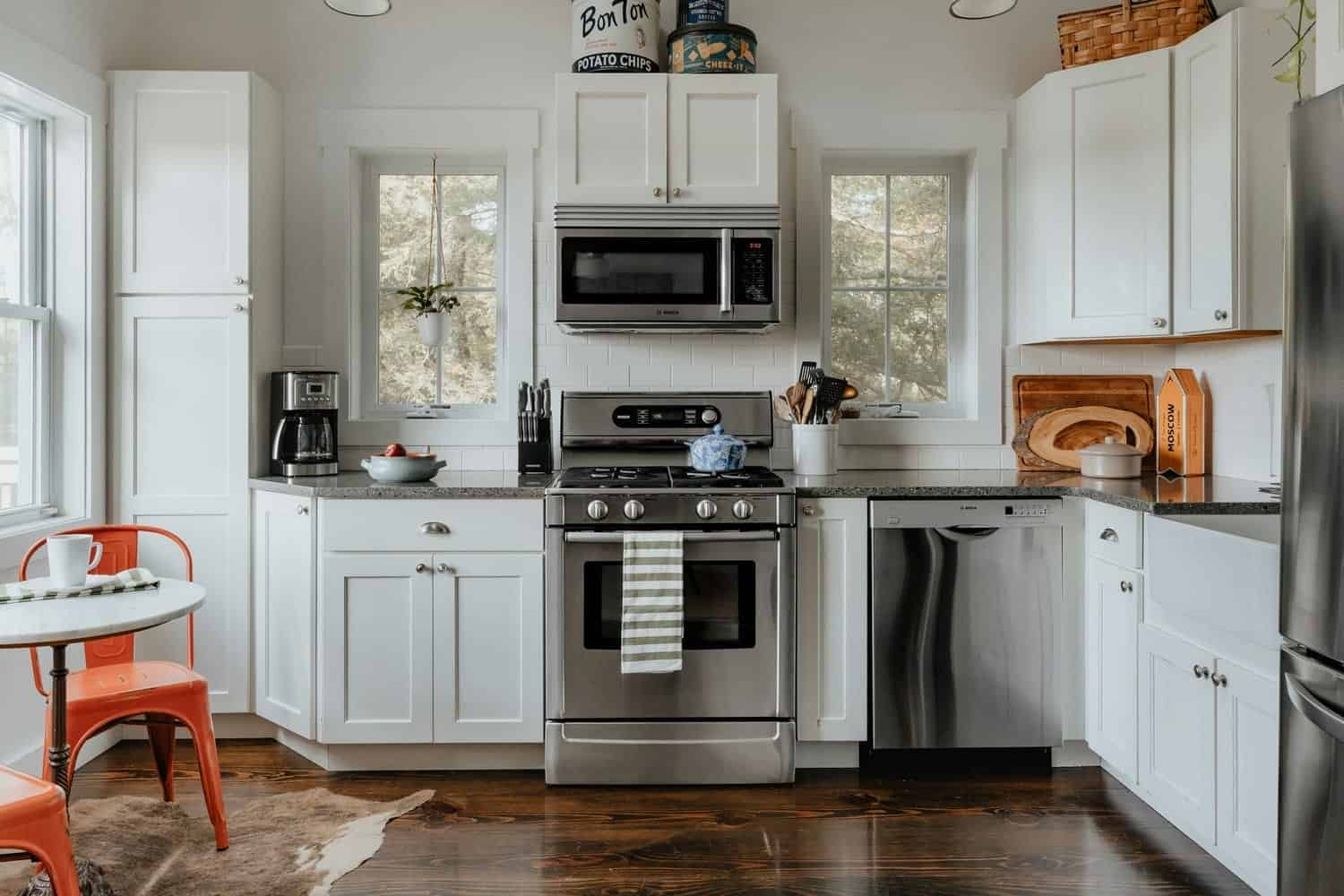
clay banks gyJXIXic9Ls unsplash
2. Exploring the Versatility of Container Cabins
Container cabins are not just homes; they’re versatile structures that can be adapted to various purposes, catering to the diverse needs of Malaysians. Let’s take a closer look at the myriad of uses for container cabins and how they’re revolutionizing the way we think about living and working spaces.
Residential Living
At the forefront of the container cabin movement is residential living. Malaysians are increasingly turning to container cabins as an affordable and stylish housing solution. Whether it’s a cozy single-story home or a spacious two-story dwelling, container cabins offer endless possibilities for residential living. With customizable designs and layouts, homeowners can create their dream homes while reducing their environmental footprint.
Commercial Spaces
Container cabins are not limited to residential use; they also make excellent commercial spaces. From cafes and retail shops to offices and art galleries, container cabins provide a unique and eye-catching setting for businesses. Their modular nature allows for easy customization and expansion, making them ideal for entrepreneurs and small businesses looking to stand out in the market.
Tourism and Hospitality
In the tourism and hospitality industry, container cabins are gaining popularity as alternative accommodations. Resorts, eco-lodges, and campgrounds are embracing container cabins as a sustainable and affordable option for guests. These cozy retreats offer a blend of comfort and rustic charm, attracting travelers seeking a unique and memorable experience.
Emergency Housing
During times of crisis or natural disasters, container cabins can serve as emergency housing for displaced individuals and families. Their quick assembly and durability make them ideal for temporary shelter, providing a safe and secure environment during challenging times. Organizations and government agencies can deploy container cabins rapidly to respond to emergency situations, ensuring that affected communities have access to essential housing.
Table: Versatility of Container Cabins
| Purpose | Description |
|---|---|
| Residential Living | Customizable homes for individuals and families, offering affordability, style, and sustainability. |
| Commercial Spaces | Eye-catching settings for businesses such as cafes, retail shops, offices, and art galleries. |
| Tourism/Hospitality | Alternative accommodations for resorts, eco-lodges, and campgrounds, providing unique experiences for guests. |
| Emergency Housing | Temporary shelters for displaced individuals and families during crises or natural disasters. |
Conclusion
Container cabins are more than just homes; they’re versatile structures that can be adapted to various purposes, from residential living to commercial spaces, tourism, and emergency housing. As Malaysians embrace the possibilities of container cabins, we’re witnessing a transformation in the way we live, work, and interact with our environment. Whether it’s creating our dream home or launching a new business venture, container cabins offer endless opportunities for innovation and creativity. So, let’s continue exploring the versatility of container cabins and unlock their full potential in Malaysia and beyond!
3. The Economics of Container Cabin Living
As Malaysians explore alternative housing options, the economics of container cabin living emerge as a compelling factor. Let’s delve into the financial aspects of container cabins and why they’re gaining traction among budget-conscious individuals and property developers.
Cost-Effectiveness
One of the primary advantages of container cabin living is its cost-effectiveness. Compared to traditional homes, container cabins typically come with a lower price tag, making homeownership more accessible to a wider range of Malaysians. The materials used in constructing container cabins, such as repurposed shipping containers, are often more affordable than conventional building materials. Additionally, the modular nature of container cabins allows for efficient construction processes, further reducing labor and construction costs.
Savings Over Time
Beyond the initial investment, container cabin living offers long-term savings for residents. With their excellent insulation properties and energy-efficient design, container cabins require less energy for heating and cooling, resulting in lower utility bills. Moreover, the durability of container cabins means less maintenance and repair costs over time, translating into additional savings for homeowners. By embracing container cabin living, Malaysians can enjoy the benefits of homeownership without breaking the bank.
Return on Investment
For property developers and investors, container cabins present an attractive opportunity for generating returns. The lower construction costs and faster construction timelines associated with container cabins can lead to higher profit margins for developers. Additionally, the growing demand for alternative housing options, coupled with the unique appeal of container cabins, enhances their resale value in the real estate market. Whether it’s developing a container cabin community or adding a container cabin to an existing property, investors stand to gain from the rising popularity of container cabin living.
Table: Economics of Container Cabin Living
| Aspect | Description |
|---|---|
| Cost-Effectiveness | Lower initial investment and construction costs compared to traditional homes. |
| Savings Over Time | Long-term savings on utility bills and maintenance due to energy efficiency and durability. |
| Return on Investment | Attractive opportunity for property developers and investors to generate returns in the real estate market. |
Conclusion
Container cabin living offers a compelling economic case for Malaysians looking to own a home or invest in property. With their cost-effectiveness, long-term savings, and potential for high returns on investment, container cabins are reshaping the housing landscape in Malaysia. Whether you’re a homeowner looking to save money or a property developer seeking profitable opportunities, container cabin living provides a viable and sustainable solution. So, consider the economics of container cabin living and discover the financial benefits that await you in this innovative housing market.
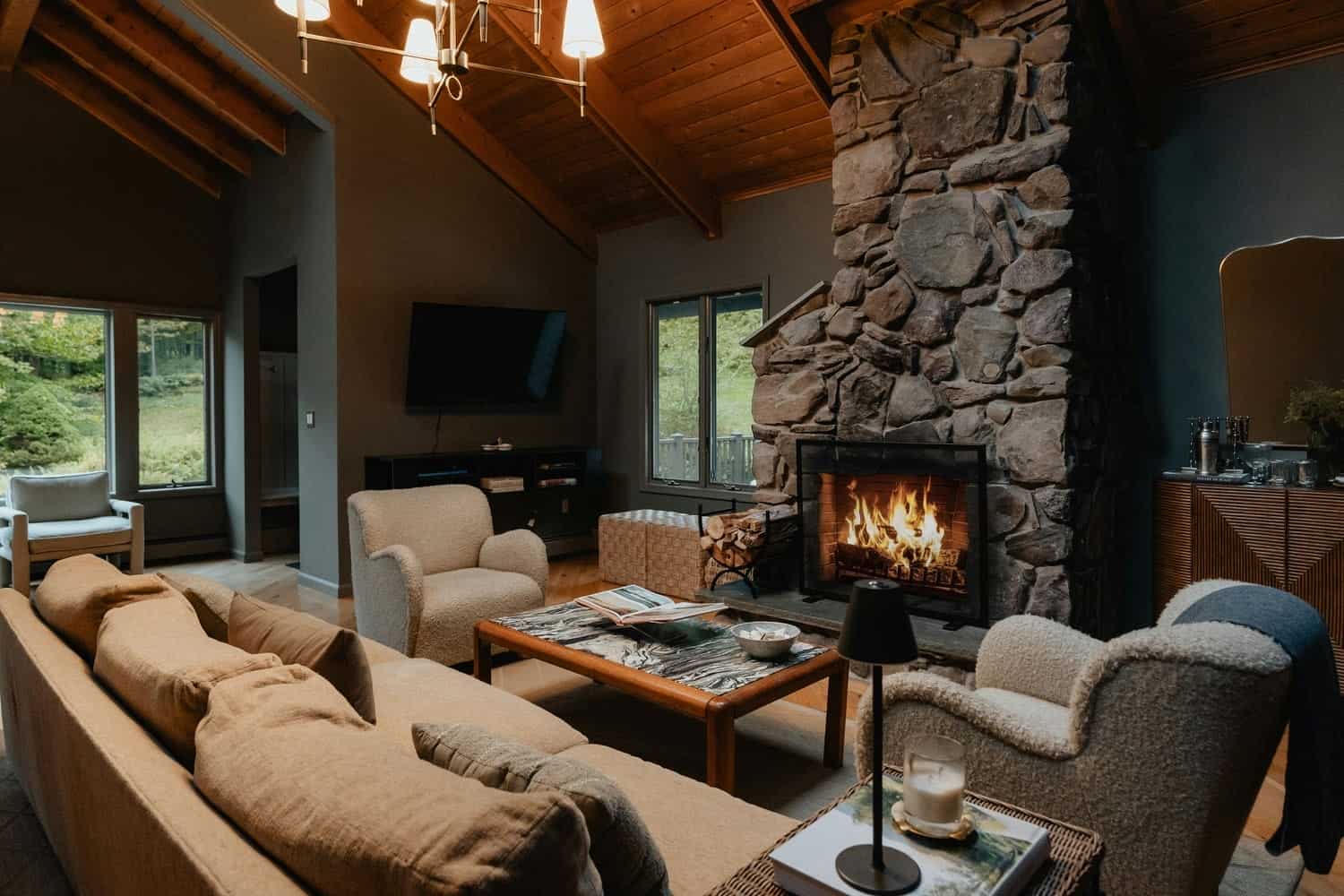
clay banks Gn8DmQ 6F4Y unsplash
4. Designing Your Dream Container Cabin
When it comes to container cabin living, the possibilities for design are endless. Malaysians have the opportunity to create their dream homes or commercial spaces, tailored to their unique preferences and needs. Let’s explore the creative aspects of container cabin design and how individuals can bring their visions to life.
Customization Options
One of the most exciting aspects of container cabin living is the ability to customize every aspect of the design. From the layout and floor plan to the exterior finishes and interior decor, Malaysians can personalize their container cabins to reflect their individual style and personality. Whether you prefer a modern minimalist aesthetic or a cozy rustic vibe, there are endless customization options available to suit your tastes.
Layout and Floor Plans
Container cabins come in various sizes and configurations, offering flexibility in layout and floor plans. Whether you’re looking for a compact one-bedroom cabin or a spacious multi-story home, there’s a layout to accommodate your needs. Malaysians can work with architects and designers to create customized floor plans that optimize space and functionality, ensuring that every square foot of their container cabin is utilized effectively.
Exterior Finishes
The exterior appearance of a container cabin plays a significant role in its overall aesthetic appeal. Malaysians can choose from a range of exterior finishes, including paint colors, cladding materials, and architectural features. Whether you prefer a sleek and modern look or a more rustic and natural feel, there are endless options to enhance the exterior of your container cabin and make it stand out in any setting.
Interior Decor and Furnishings
The interior of a container cabin offers endless opportunities for creativity and personalization. Malaysians can choose from a wide range of interior decor styles, furniture, and fittings to create spaces that are both functional and beautiful. From cozy bedrooms and stylish kitchens to spacious living areas and inviting bathrooms, every aspect of the interior can be customized to reflect your lifestyle and preferences.
Table: Design Options for Container Cabins
| Aspect | Description |
|---|---|
| Customization Options | Malaysians have the freedom to personalize every aspect of their container cabins, from layout to decor. |
| Layout and Floor Plans | Various sizes and configurations allow for flexibility in designing functional and efficient spaces. |
| Exterior Finishes | Choose from a range of finishes to enhance the exterior appearance of your container cabin. |
| Interior Decor | Customize the interior decor and furnishings to create spaces that are both stylish and functional. |
Conclusion
Designing your dream container cabin is an exciting journey that allows Malaysians to unleash their creativity and create spaces that reflect their unique tastes and lifestyles. Whether you’re building a home, a commercial space, or a vacation retreat, container cabin living offers endless possibilities for customization and personalization. So, let your imagination run wild and embark on the adventure of designing your dream container cabin today!
5. Sustainable Living with Container Cabins
In an era where sustainability is paramount, container cabins offer Malaysians a pathway to eco-friendly living. Let’s delve into the sustainable aspects of container cabin living and how they contribute to a greener future for our planet.
Repurposing Materials
At the heart of container cabin living is the concept of repurposing materials. By using decommissioned shipping containers as the primary building blocks, container cabins give new life to objects that would otherwise end up in landfills. This practice helps reduce waste and conserve natural resources, making container cabins an environmentally responsible choice for housing.
Energy Efficiency
Container cabins are designed with energy efficiency in mind. Their compact size and well-insulated walls help minimize heat loss in the winter and keep interiors cool in the summer, reducing the need for excessive heating and cooling. Additionally, Malaysians can incorporate energy-efficient appliances and renewable energy systems, such as solar panels, to further reduce their carbon footprint and reliance on fossil fuels.
Water Conservation
Water conservation is another important aspect of sustainable living with container cabins. Malaysians can implement water-saving features, such as low-flow faucets and toilets, rainwater harvesting systems, and greywater recycling, to minimize water consumption and waste. These practices not only reduce the strain on local water resources but also contribute to a more sustainable lifestyle overall.
Eco-Friendly Materials
When designing and furnishing container cabins, Malaysians can choose eco-friendly materials that minimize environmental impact. From bamboo flooring and reclaimed wood furniture to recycled glass countertops and non-toxic paints, there are plenty of sustainable options available to create beautiful and environmentally friendly living spaces.
Table: Sustainable Features of Container Cabins
| Aspect | Description |
|---|---|
| Repurposing Materials | Utilizing decommissioned shipping containers helps reduce waste and conserve natural resources. |
| Energy Efficiency | Compact size, insulation, and energy-efficient appliances minimize energy consumption and carbon emissions. |
| Water Conservation | Implementing water-saving features and recycling systems helps minimize water consumption and waste. |
| Eco-Friendly Materials | Choosing sustainable materials for construction and furnishings reduces environmental impact and promotes eco-conscious living. |
Conclusion
Sustainable living with container cabins offers Malaysians an opportunity to reduce their environmental footprint and embrace a greener lifestyle. By repurposing materials, maximizing energy efficiency, conserving water, and choosing eco-friendly materials, container cabin dwellers can make a positive impact on the planet while enjoying the benefits of stylish and comfortable living spaces. So, let’s join the movement towards sustainable living with container cabins and pave the way for a brighter and more sustainable future for generations to come!
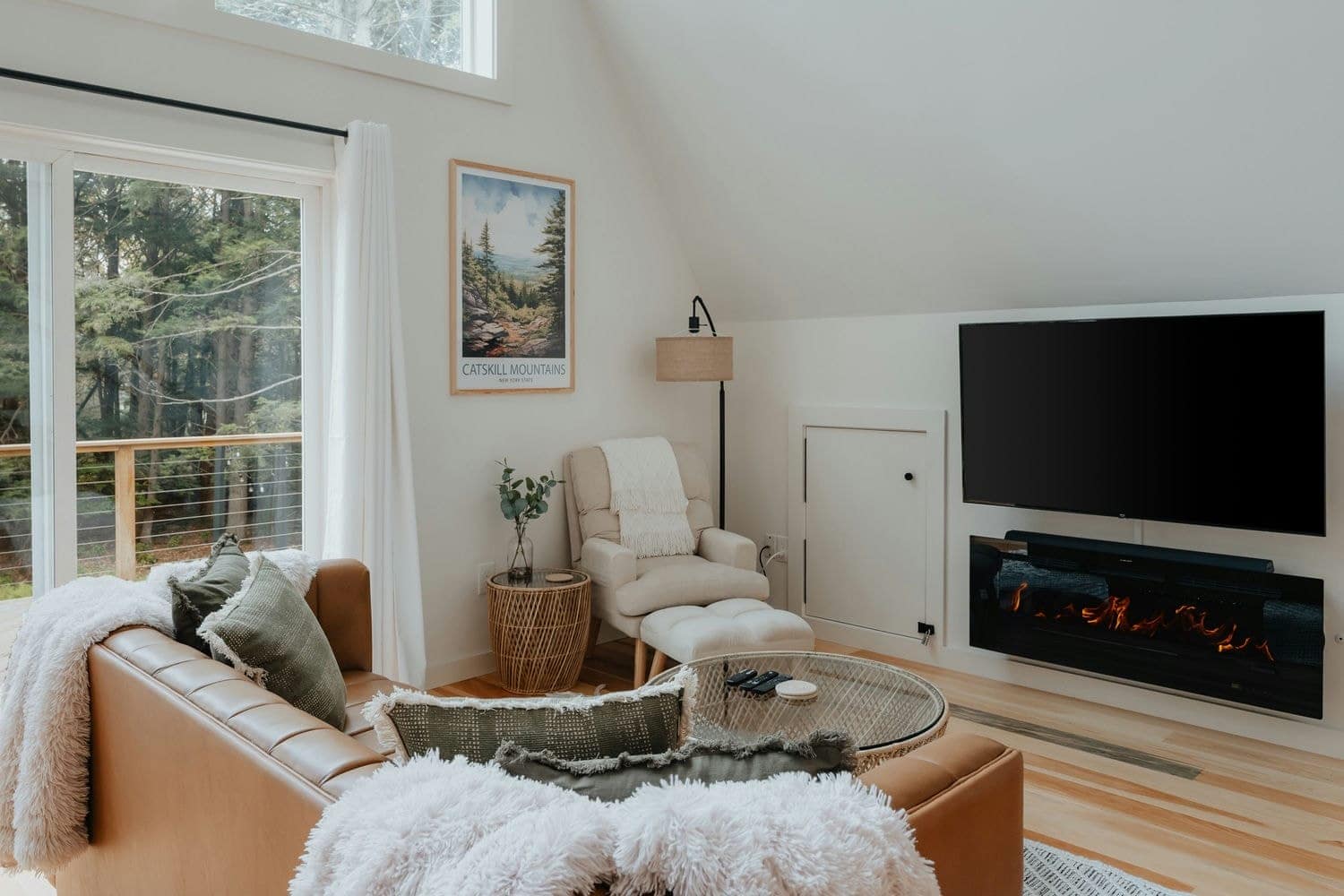
clay banks FxyIJxK8juA unsplash
6. Overcoming Challenges in Container Cabin Living
While container cabins offer numerous benefits, they also come with their own set of challenges. From insulation concerns to regulatory hurdles, Malaysians considering container cabin living must be aware of and prepared to address these challenges. Let’s explore some common obstacles and solutions for overcoming them.
Insulation and Temperature Control
One of the primary concerns with container cabins is insulation and temperature control. Shipping containers are made of metal, which can conduct heat and cold, leading to uncomfortable indoor temperatures. However, Malaysians can overcome this challenge by adding insulation to the walls, floors, and ceilings of their container cabins. Materials such as spray foam insulation or rigid foam boards can help create a barrier against heat transfer and maintain comfortable indoor temperatures year-round.
Durability and Maintenance
Another challenge of container cabin living is ensuring durability and minimizing maintenance requirements. While shipping containers are inherently sturdy, they can still be susceptible to rust and corrosion, especially in humid climates like Malaysia. To address this, Malaysians can invest in high-quality coatings and sealants to protect their container cabins from the elements. Regular inspections and maintenance checks can also help identify and address any issues before they escalate.
Regulatory and Zoning Compliance
Navigating regulatory and zoning requirements can be a significant challenge for Malaysians interested in container cabin living. Local building codes and regulations may impose restrictions on the use of shipping containers for residential or commercial purposes. However, with careful planning and consultation with local authorities, Malaysians can often obtain permits and approvals for their container cabin projects. Working with experienced architects and builders who are familiar with local regulations can also help streamline the process.
Community Acceptance
Community acceptance can also pose a challenge for container cabin dwellers, especially in more traditional neighborhoods. Some Malaysians may have concerns about the aesthetic impact of container cabins on property values or the perceived stigma associated with alternative housing options. However, by engaging with neighbors and educating them about the benefits of container cabin living, Malaysians can foster understanding and acceptance within their communities.
Table: Overcoming Challenges in Container Cabin Living
| Challenge | Solutions |
|---|---|
| Insulation and Temperature Control | Add insulation to walls, floors, and ceilings to maintain comfortable indoor temperatures. |
| Durability and Maintenance | Invest in coatings and sealants to protect against rust and corrosion, and conduct regular maintenance checks. |
| Regulatory and Zoning Compliance | Consult with local authorities and obtain necessary permits and approvals for container cabin projects. |
| Community Acceptance | Engage with neighbors and educate them about the benefits of container cabin living to foster understanding and acceptance. |
Conclusion
While container cabin living offers numerous benefits, it also comes with its share of challenges. From insulation and durability concerns to regulatory compliance and community acceptance, Malaysians considering container cabin living must be prepared to address these obstacles. By implementing solutions such as insulation upgrades, regular maintenance, regulatory compliance, and community engagement, Malaysians can overcome challenges and enjoy the unique advantages of container cabin living. So, let’s embrace these challenges as opportunities for growth and innovation, and pave the way for a thriving container cabin community in Malaysia!
7. Case Studies: Real-Life Examples of Container Cabin Living
Real-life examples provide valuable insights into the practicality and benefits of container cabin living. Let’s explore some inspiring case studies of Malaysians who have embraced container cabin living and transformed their vision into reality.
Case Study 1: Eco-Friendly Home in Subang Jaya
Background: A young couple in Subang Jaya, Selangor, wanted to build a sustainable and affordable home for their growing family. They decided to explore container cabin living as a solution.
Solution: The couple purchased two shipping containers and worked with an architect to design a two-story home that maximized space and energy efficiency. They added insulation, solar panels, and rainwater harvesting systems to minimize their environmental footprint.
Outcome: The result was a stylish and eco-friendly home that exceeded their expectations. The couple saved money on construction costs and utility bills while enjoying the benefits of sustainable living. Their home has become a showcase for container cabin living in the community, inspiring others to consider alternative housing options.
Case Study 2: Container Cafe in Penang
Background: A young entrepreneur in Penang wanted to start a business but faced challenges finding affordable commercial space. Inspired by the container cafe trend, he decided to convert a shipping container into a trendy cafe.
Solution: The entrepreneur purchased a used shipping container and transformed it into a cozy cafe with a modern industrial aesthetic. He installed large windows, a fold-out patio, and customized interior furnishings to create a welcoming atmosphere for customers.
Outcome: The container cafe quickly became a popular hangout spot in Penang, attracting locals and tourists alike. The entrepreneur’s innovative approach to business and design garnered attention from the media, helping to boost sales and brand visibility. The success of the container cafe inspired other aspiring entrepreneurs to explore container-based businesses in the area.
Case Study 3: Container Retreat in Cameron Highlands
Background: A family in Cameron Highlands wanted to escape the hustle and bustle of city life and create a tranquil retreat in the mountains. They turned to container cabin living as a solution.
Solution: The family purchased several shipping containers and assembled them on their property to create a secluded retreat surrounded by nature. They added a wrap-around deck, large windows, and cozy interiors to maximize comfort and relaxation.
Outcome: The container retreat became a beloved getaway for the family, providing a peaceful respite from their busy lives. They enjoyed spending weekends and holidays surrounded by nature, reconnecting with each other and creating cherished memories. The success of their container retreat inspired them to share their experience with others, offering rental opportunities for fellow nature enthusiasts.
Table: Case Studies of Container Cabin Living
| Case Study | Location | Purpose | Solution | Outcome |
|---|---|---|---|---|
| Eco-Friendly Home | Subang Jaya, Selangor | Residential | Custom-designed two-story home with insulation, solar panels, and rainwater harvesting systems | Stylish and sustainable home, savings on construction and utility costs, community inspiration |
| Container Cafe | Penang | Commercial | Converted shipping container into a trendy cafe with custom furnishings and outdoor patio | Popular hangout spot, media attention, boosted sales and brand visibility |
| Container Retreat | Cameron Highlands | Recreational | Assembled multiple shipping containers into a secluded mountain retreat with wrap-around deck and cozy interiors | Beloved getaway for family, rental opportunities for nature enthusiasts |
Conclusion
These real-life case studies demonstrate the diverse applications and benefits of container cabin living in Malaysia. From eco-friendly homes and trendy cafes to tranquil mountain retreats, container cabins offer Malaysians a versatile and sustainable housing solution. By sharing their experiences and success stories, these individuals inspire others to explore container cabin living and embrace the possibilities of alternative housing options. So, let’s continue to celebrate and learn from these case studies, as we pave the way for a thriving container cabin community in Malaysia!
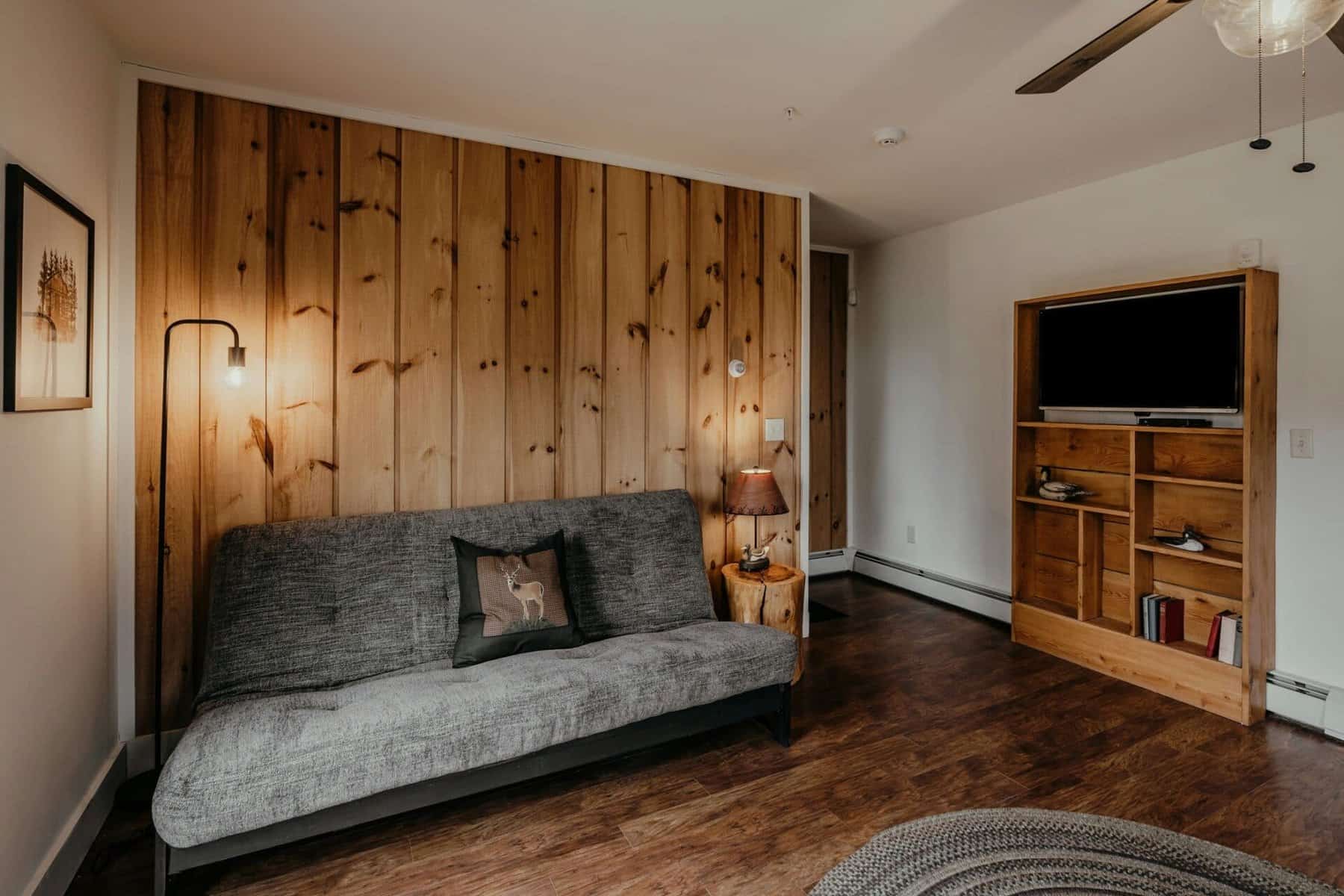
clay banks Flj2cFUgIuw unsplash
8. Embracing the Future of Housing with Container Cabins
Container cabins are not just a passing trend; they represent the future of housing in Malaysia and beyond. Let’s explore the potential of container cabins to revolutionize the way we live and build communities, paving the way for a more sustainable, affordable, and innovative housing landscape.
Innovative Solutions for Housing Challenges
As Malaysia grapples with housing challenges such as affordability, sustainability, and urbanization, container cabins offer innovative solutions to these pressing issues. By repurposing shipping containers and embracing modular construction methods, Malaysians can create affordable housing options that are both stylish and environmentally friendly. Container cabins also present opportunities for adaptive reuse of underutilized spaces and revitalization of urban areas, contributing to the creation of vibrant and inclusive communities.
Sustainable Development and Environmental Conservation
In an era of increasing environmental awareness, container cabins play a crucial role in promoting sustainable development and environmental conservation. By recycling and repurposing materials, container cabins help reduce waste and minimize the ecological footprint of construction projects. Additionally, their energy-efficient design and use of renewable energy sources contribute to lower carbon emissions and a healthier planet. By embracing container cabin living, Malaysians can lead the way towards a more sustainable future for generations to come.
Promoting Creativity and Design Innovation
Container cabins provide a canvas for creativity and design innovation, inspiring architects, designers, and homeowners to think outside the box and push the boundaries of traditional housing. From cutting-edge architectural designs to innovative interior layouts, container cabins offer endless possibilities for customization and personalization. Malaysians can explore new materials, technologies, and construction techniques to create container cabins that are as unique and individual as they are.
Fostering Community and Collaboration
Container cabins have the potential to foster community and collaboration, bringing people together in shared spaces and creating opportunities for social interaction and engagement. Whether it’s a container cabin village, a co-working space, or a community garden, container cabins can serve as catalysts for building connections and fostering a sense of belonging. By embracing container cabin living, Malaysians can create communities that are resilient, inclusive, and vibrant.
Table: Benefits of Embracing Container Cabin Living
| Aspect | Description |
|---|---|
| Innovative Solutions | Address housing challenges such as affordability, sustainability, and urbanization. |
| Sustainable Development | Promote environmental conservation through recycling, energy efficiency, and renewable energy. |
| Creativity and Design Innovation | Explore new materials, technologies, and construction techniques for unique and innovative designs. |
| Community and Collaboration | Foster social interaction, connection, and community building in shared spaces. |
Conclusion
Container cabins are more than just homes; they’re a reflection of our aspirations for a better, more sustainable future. By embracing container cabin living, Malaysians can address housing challenges, promote environmental conservation, foster creativity and innovation, and build communities that are inclusive, resilient, and vibrant. So, let’s embrace the future of housing with container cabins and embark on a journey towards a brighter tomorrow for all.
